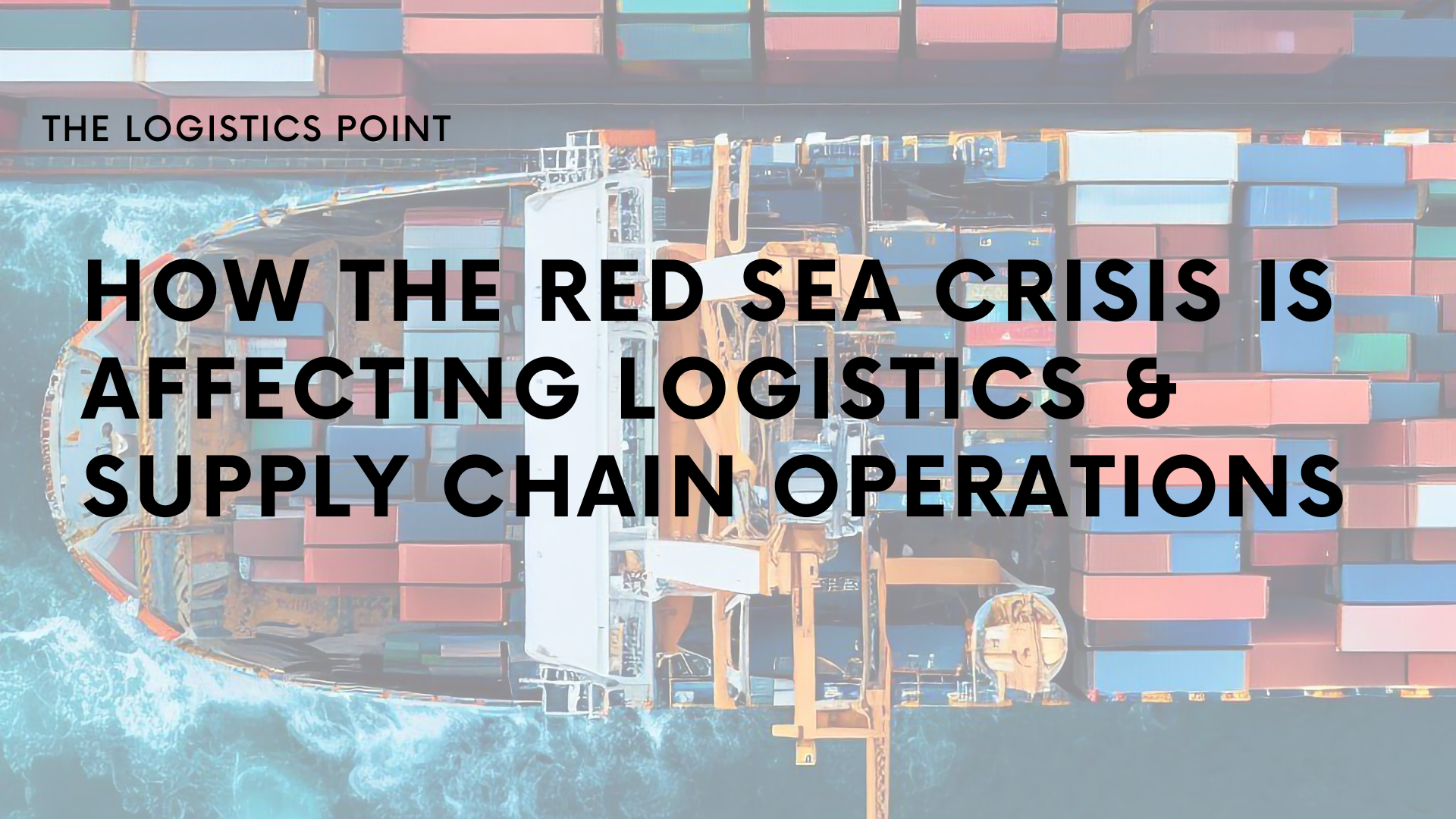The impacts from the Red Sea situation can range from delays in affected goods reaching store shelves (or front doors) to increases in costs due to transportation-related increases being passed along to consumers.
“Contingency plans like increasing use of air freight may be necessary for suppliers who now face being weeks behind schedule. Suppliers will then have to look at their contracts to see if they can pass these increased freight costs onto their customers,” explains Patrick Lepperhoff, Principal at INVERTO. There is the option of rerouting around the Cape of Good Hope (which the majority of major container lines have already started to do).
This change in routing will have an impact in terms of both time and costs. The general consensus with this option is that transit times will increase by up to 14 days (or more, depending on vessel speed and/or any added stops along the way). ‘And with this option an increase in costs should be expected, as well — due to increases in operational and fuel costs, along with potential insurance/war risk surcharges,’ says Mike DeAngelis, Sr. Director, International Solutions at FourKites.
Depending on the destination (EU), there can be a potential increase in EU ETS surcharges once those start in January (unless ocean carriers build in an additional non-EU port stop along the way).
The delays in shipping lines and rerouting of vessels may result in downstream inventory issues and out-of-stock items because of long lead times.
To mitigate the negative supply chain impacts, companies who have proactively diversified suppliers and transportation routes will be in a good position. Leveraging advanced technologies for enhanced visibility, maintaining strategic inventory reserves and implementing agile risk management strategies will be crucial to adapting promptly to unforeseen geopolitical events such as The Houthi rebel attacks in the Red Sea.
The same contingency plans
After the supply chain issues we faced during recent years, manufacturers and retailers will have contingency plans in place – the problem is that many of their competitors will be looking at the same alternatives which will push up prices. Depending on the commodities involved (especially the high-value and time-sensitive cargo — for example, designer fashion and certain electronics) we may see a percentage of cargo being changed in the short term from ocean to air.
That being said, for general commodities, we wouldn’t expect a dramatic shift here due to the much higher costs in shipping via air freight versus ocean. Some 3PLs and carriers are able to offer combined sea/air products in an effort to provide alternatives to either pure ocean or air moves, and therefore potentially avoid increases in risk and transit times.
Even more disruption
There is a seasonal rush of shipments out of China every year leading up to Chinese New Year (CNY) which in 2024 starts on February 10th. This rush is due to the fact that businesses and manufacturing facilities in China close for 10 or more days for the Chinese New Year — and in many cases staffing is substantially reduced in the lead-up to this holiday, as workers travel extensively to celebrate with their families.
”As we’ve seen with major supply chain setbacks such as the Panama Canal drought, prolonged disruptions can also erode consumer confidence and bring a hesitancy in spending, especially in the retail sector,” Gerry Power, Head of Country UK at TMX Transform.
Disruptions in transiting the Suez Canal due to the situation in the Red Sea will only amplify delays and capacity issues traditionally encountered in this holiday period. Vessels that should already be heading back to China have been and continue to be delayed in transit, which will reduce the number of vessels available to begin to load the current Chinese export shipments. And empty equipment flows back into China are essential to support these seasonal increases in outbound freight.
This repositioning of equipment is already being disrupted, as many vessels returning to Asia are being delayed due to longer transit times (estimated to be up to 14 days or more, depending on origin/destination when avoiding the Red Sea/Suez Canal using the routing around the Cape of Good Hope). And while seasonal increases in transportation costs (usually in the form of Peak Season Surcharges) are normally expected running up to the CNY holiday, the situation in the Red Sea is causing some major ocean carriers, such as ONE, to already implement emergency Peak Season Surcharges for shipments out of Asia to Europe.


